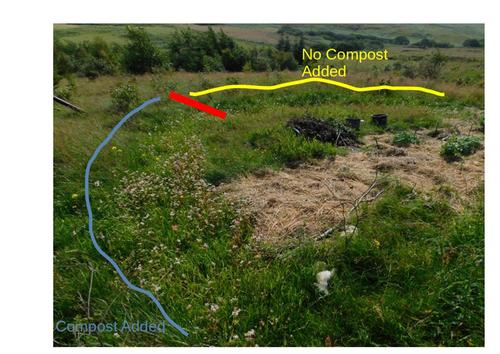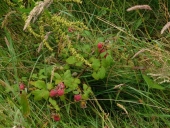

 23
23





How Permies works: https://permies.com/wiki/34193/permies-works-links-threads
My projects on Skye: The tree field, Growing and landracing, perennial polycultures, "Don't dream it - be it! "
 14
14




Little house with a big garden in the city!
"It is no measure of health to be well adjusted to a profoundly sick society." ~ J. Krishnamurti
 7
7
















 8
8




C Lundquist wrote:
Digging doesn't hurt, but it doesn't really do anything either.
How Permies works: https://permies.com/wiki/34193/permies-works-links-threads
My projects on Skye: The tree field, Growing and landracing, perennial polycultures, "Don't dream it - be it! "
 10
10




Little house with a big garden in the city!
"It is no measure of health to be well adjusted to a profoundly sick society." ~ J. Krishnamurti












 8
8




How Permies works: https://permies.com/wiki/34193/permies-works-links-threads
My projects on Skye: The tree field, Growing and landracing, perennial polycultures, "Don't dream it - be it! "
 4
4




--
"Whitewashed Hope: A Message from 10+ Indigenous Leaders and Organizations"
https://www.culturalsurvival.org/news/whitewashed-hope-message-10-indigenous-leaders-and-organizations
 3
3





Celtic/fantasy/folk/shanty singing at Renaissance faires, fantasy festivals, and other events in OR and WA, USA.
RionaTheSinger on youtube.
Pop-up garden/vintage+ yard stand owner.

|
Are we home yet? Wait, did we forget the tiny ad?
Rocket Mass Heater Resources Wiki
https://permies.com/w/rmh-resources
|





